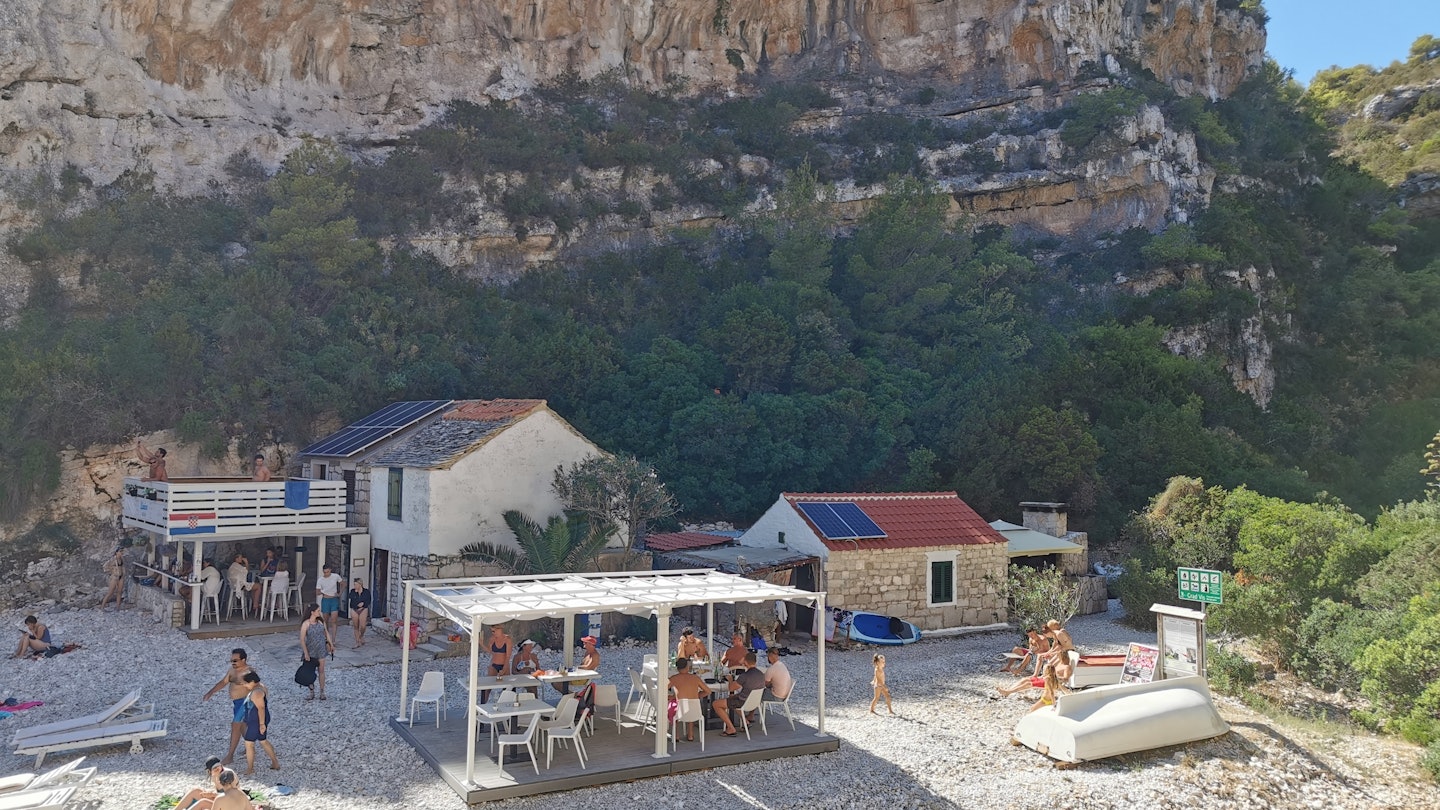
Stiniva beach on Vis in Croatia. Puntacristo/Shutterstock
People often say that Vis is the enigmatic isle – a lost jewel in the Adriatic with a dark, militaristic past. I think it's actually quite simple. This is a place for slow mornings, slower afternoons and seclusion. Yes, Tito once ran the Yugoslav guerrilla movement from a cave in the mountains, and Communist submarine docks still pockmark the coast. But the Vis of today is more red-tiled roofs than Red Army, more silver-pebble coves than clandestine naval bases.
Two towns sit at opposite ends of the island. Take your pick between down-to-earth Komiža and larger Vis Town, with its slender promenade and seafront tavernas. Vis has a south coast that can rival any Croatian island for beaches thanks to the utterly idyllic Stiniva, a cliff-ringed pebble cove that's regularly mentioned among the best in the country. Beyond that are soaring mountaintops to climb for panoramas and offshore islands that have caves filled with waters of a dreamlike blue.
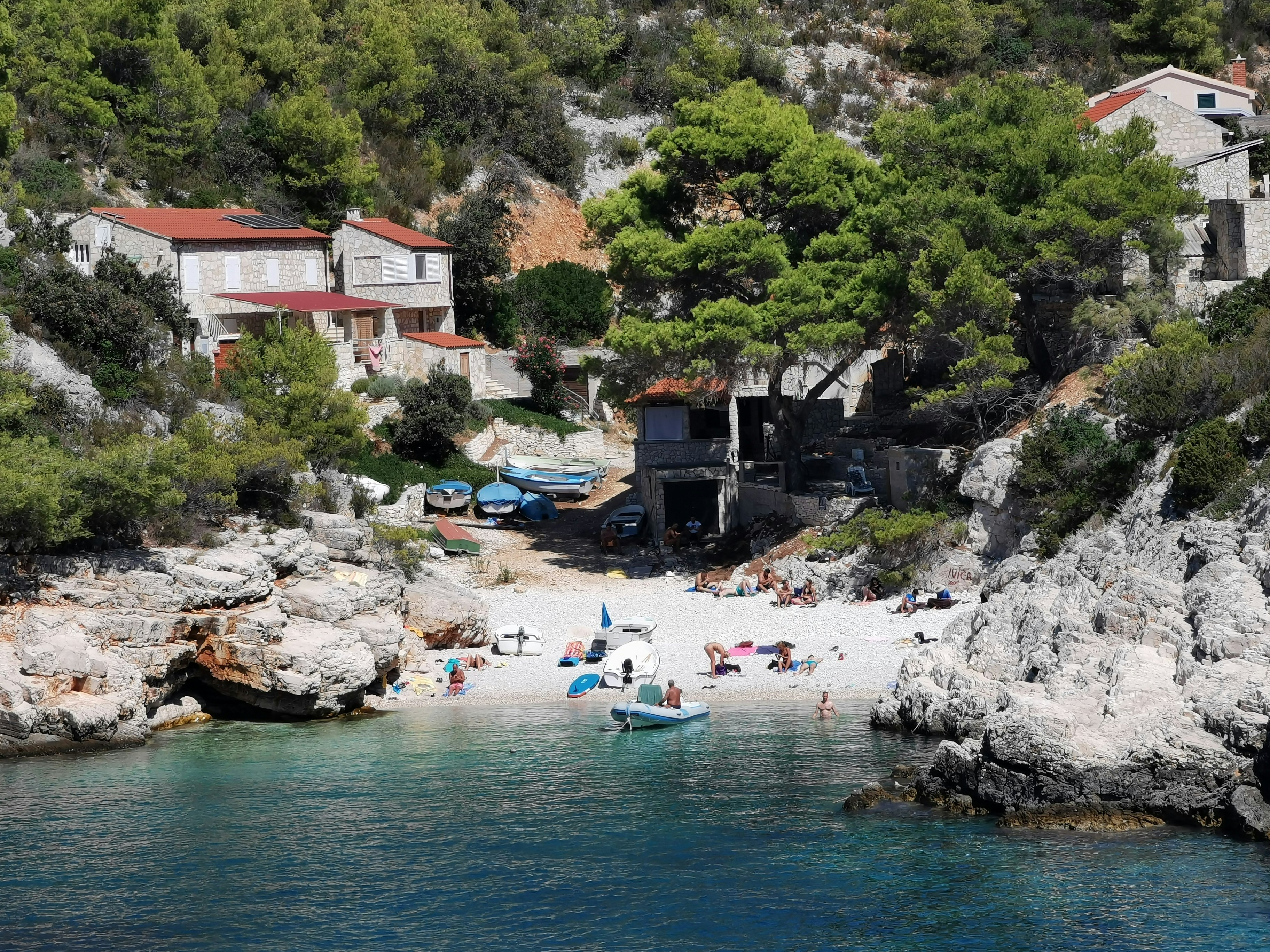
When should I go to Vis?
Vis hardly gets the rush of revelers seen in Hvar, nor the crowds of beach bums that go to Brac, but the summer is still very busy. Early July all the way through the end of August can offer the best weather, with the lowest rainfall of the year and temperatures that routinely hit the upper 70s. However, Komiža, Vis Town and the brochure-fodder beaches of the south coast will be packed throughout, and crowds are bloated by day trippers out of nearby islands.
As ever in the Adriatic, the last weeks of spring and the beginning of fall tend to offer fantastic compromises. On Vis, May brings in blooms of wildflowers on the mountains and the whole rock starts smelling of oleander and wild thyme. Come in September and you can still get average temperatures above 68°F, not to mention the wine harvest!

How much time should I spend in Vis?
Vis is just about perfect for a week in the sun. Seven nights can be split between Vis Town, the bustling harbor where the ferries arrive, and Komiža, an ancient fishing village that has lobster pots of character. That will let you experience both coasts and, most important, pick your side; there's a healthy local rivalry between the two main settlements on the island.
Vis could also be added to an island-hopping itinerary, but I'd urge you to base yourself in Komiža if you only have a few days. At the risk of revealing where my loyalty lies, I'll simply say that it's an extremely enchanting port that's quintessential Vis: salty, away-from-it-all, and just a little bit different from everywhere else in Croatia.

Is it easy to get in and around Vis?
Vis is the island farthest from the Croatian mainland, so getting in won't be as easy as getting to Hvar or Brac but it's still not difficult. Split is the favored jump-off point. There are up to three car-ferry departures between Split and Vis each day, though schedules are considerably reduced in the winter months. Sailings are just over two hours from port to port.
Vis is a touch shy of 10 miles across. All the ferries arrive in Vis Town on the east coast, where a road leads over the mountains to Komiža. It's a cinch to move between the island's two towns thanks to a regular bus service. The trip is about 15 minutes and tickets cost €4 each way.
Bikes, mopeds and cars are for hire on the harbor in Vis Town. They offer the freedom to explore along the only other road on the island: an utterly gorgeous countryside route that goes through vineyards and olive groves to the trailheads for the best beaches. If you choose to cycle, be warned that Vis is hilly. The inclines will push the hamstrings but the descents are a chance to whiz through fragrant pine groves all the way to the sea.
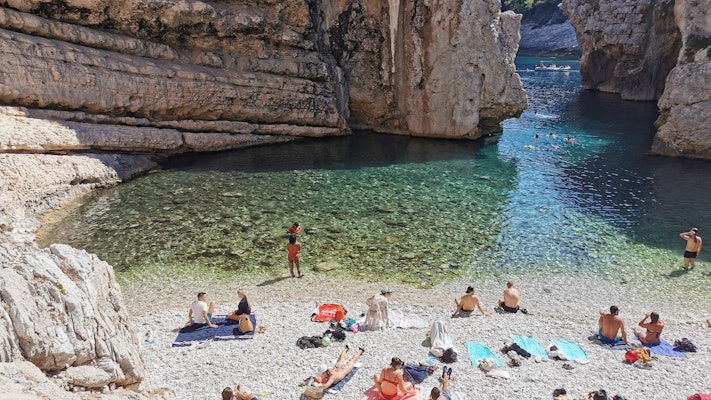

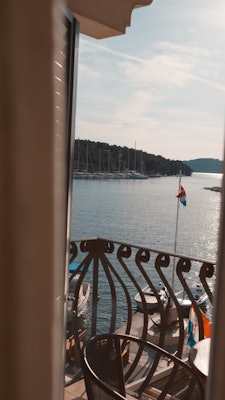

Top things to do in Vis
Drop by Stiniva Beach
Stiniva is a non-negotiable stop for first-timers on Vis. It's not just the best beach on the island; it's one of the best beaches in the whole of Croatia. There are two ways to get there. Option one is a boat tour or boat taxi, which will take you to the south coast from either Vis Town or Komiža, stopping at the mouth of the bay, where you'll need to jump in the water and swim the last 100 meters or so to shore. Option two is to drive or cycle over to the sleepy hamlet of Marinje Zemlje, where a trailhead leads the way. The hike down to Stiniva Beach is a steep series of zigzags on rocks that are often churned up by the roots of cypress trees. It's not easy going, but the reward is the best view of the glistening green waters and perpendicular cliffs.
Stoll the promenade of Vis Town
If you sail into the ferry port on the east coast of the island, Vis Town will be your welcoming committee. And what a welcome it is! A cascade of red-tiled houses rolls down from the mountains to touch the Adriatic, where pretty quaysides are peppered with al fresco coffee terraces and pebble coves. The Church of St Jerome stands out because it's isolated on an island at one end of the bay. The colossal marble blocks that make the frontispiece so magnificent were actually harvested from a Roman theater that once stood on the same site. Walk from there all the way down to Kut, the cultural heart of Vis Town. It's a kernel of narrow streets and little piazzas that buzzes with aperitivo drinkers as sunset approaches. Closer to where the boats dock is wonderful Gostiona Vis, a taverna with a jovial welcome to match its hearty local wines and sharing plates.
Experience the Blue Grotto
The Mediterranean is peppered with various sea caves calling themselves the Blue Grotto – there's one in Capri, one in Crete, another in Malta. Croatia's really does live up to the moniker, and it's just 4.5 miles off western Vis, on the gem-shaped isle of Biševo. The water inside the cave is backlit by refracted light around midday, giving it an ethereal opal color. Catch a speedboat from Komiža to try to arrive at the grotto before the day trippers out of Hvar and Split. If you're too late, you'll be twiddling your thumbs outside for ages. Swimming in the cave is no longer allowed.
A military tour of Vis
Peer beyond the pristine beaches and it's easy to find reminders of Vis's grittier history. There are now dedicated military tours that usually include stops at the island's main points of interest, starting with the maze of tunnels and bunkers at Cape Stupišće and ending with an ascent of Hum mountain to see the cave where Tito holed up during WWII. The much-photographed secret submarine base is visible just north of Vis Town, though it's not typically included in military tours.
Solitude on the Barjoska trail
Even in the summertime, most people will choose to venture out to Barjoska beach – the newest starlet of Vis thanks to its role in Mamma Mia II – via boat taxi. But where's the fun in that when a rock-strewn trail weaves its way there along a remote stretch of the northwest coast? Beginning at the top end of Komiža, the path skirts a high mountain above the town before turning north and leaving civilization behind. For the next hour, you'll be in the company of bell-ringing goats and gnarled agave plants. Roughly 250m before the beach, the route dovetails with a wider forest track and before long you'll emerge onto a sliver of pebbles shaded by coast pines.
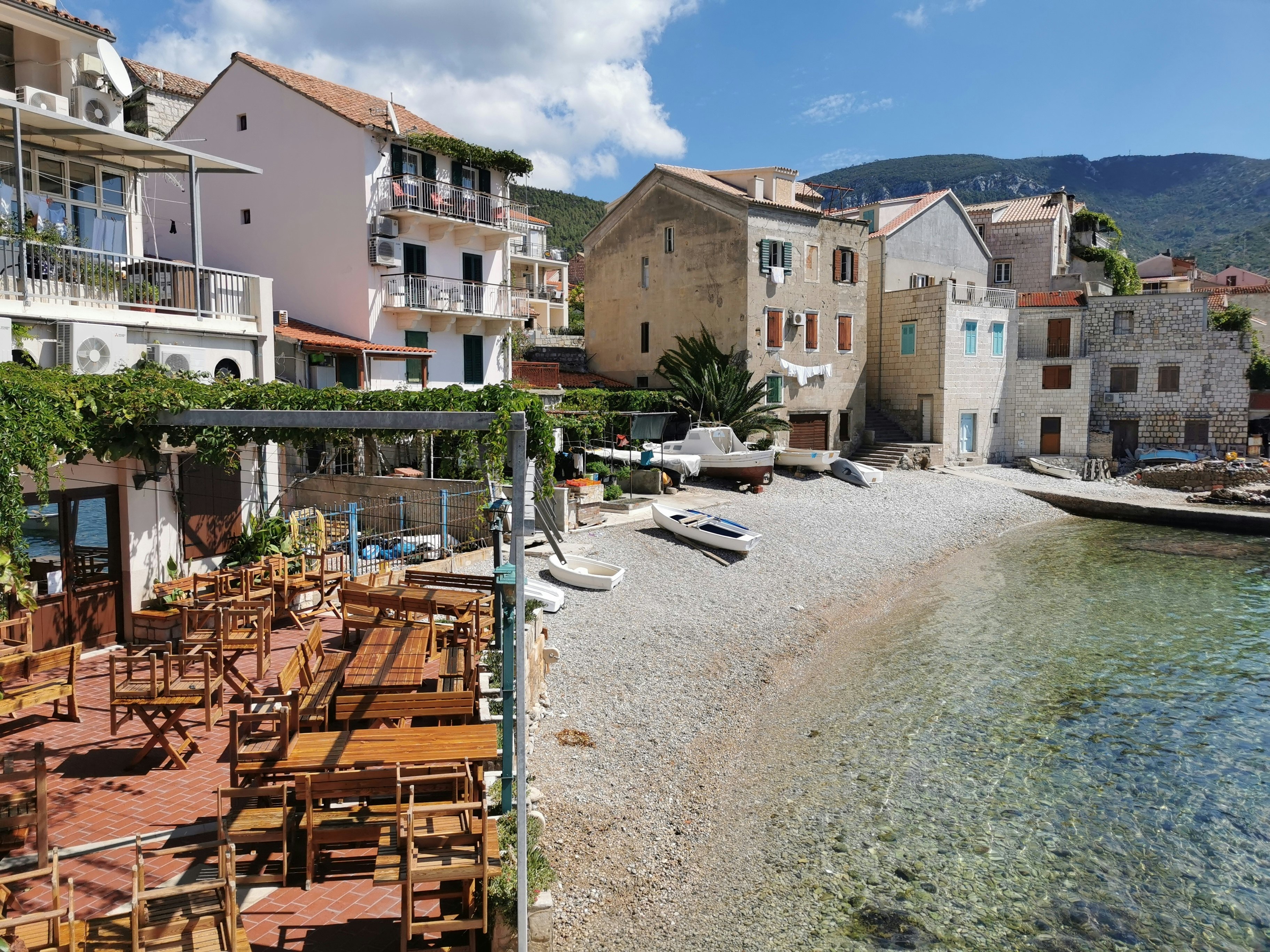
My favorite thing to do in Vis
I like to set aside at least a day – preferably 10 – to simply totter around Komiža. The town is like something out of a swashbuckling pirate novel. I channel my inner Captain Hornblower as I walk the quaysides, listening to the sound of creaking ropes and flapping sails. I read and sleep on repeat on the various beaches that dash their way through the center. My favorite has to be Komiža Beach, a small triangle of pebbles that's one coastal bend around from the main marina. You can sit there watching the colorful shutters on the houses flap open and close, or swim in the glass-clear water whenever it gets too hot (which it will). Then I grab an aperitivo at Pirkotova Lula bar, ending the day with cold Spritz in hand, feet placed on sun-warmed flagstones.
How much money do I need for Vis?
Despite prices creeping upward in recent years, Vis remains a more affordable alternative to the glitzy Makarska Riviera and the party isle of Hvar. A lot of that is because of the availability of local B&Bs, although they now routinely go for over €120 ($138) a night in the high season. The only certain way to cut costs is to travel outside the main summer. September and May present a good balance between weather, affordability and solitude.
Aparthotel for two people in Vis Town or Komiža: from €100 ($115)
Aperol Spritz in a bar on the marina: From €7 ($8)
Two-course meal with wine: €40-50 ($46-58)
Speed-boat tour to the Blue Grotto from Komiža: €30 ($35)
One-way bus ticket between Vis Town and Komiža: €4 ($4.60)
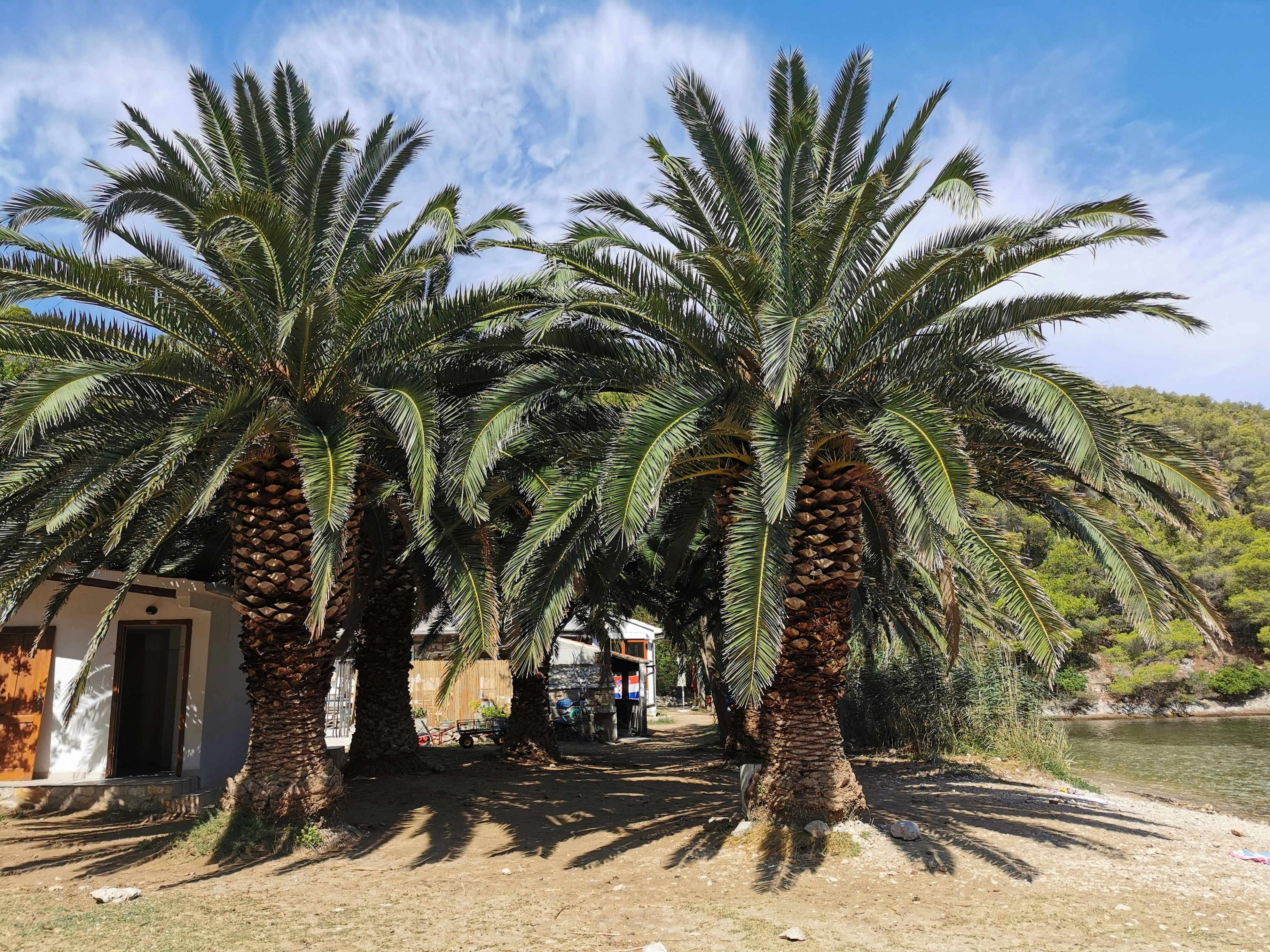
Dodge the day visitors
Vis is one of the main destinations for day trips out of Hvar, Brac and even the Croatian mainland. The crowds they herald aren't such an issue in shoulder seasons, but come the peak summer they can really clog up the Blue Grotto and Stiniva. Staying here is your ticket to dodging them. Go very early or stay late at places, before or after the boats make their appearance.
The sun can surprise
Vis is less than 15 miles across the water from the official sunniest place in Croatia (Hvar), so do not underestimate the power of the rays here. Wear sunscreen even when it's cloudy, pack more water than you need for hikes, and don't rely on the local pharmacies for your SPF – it can be pretty darn expensive.
Plan with a local





